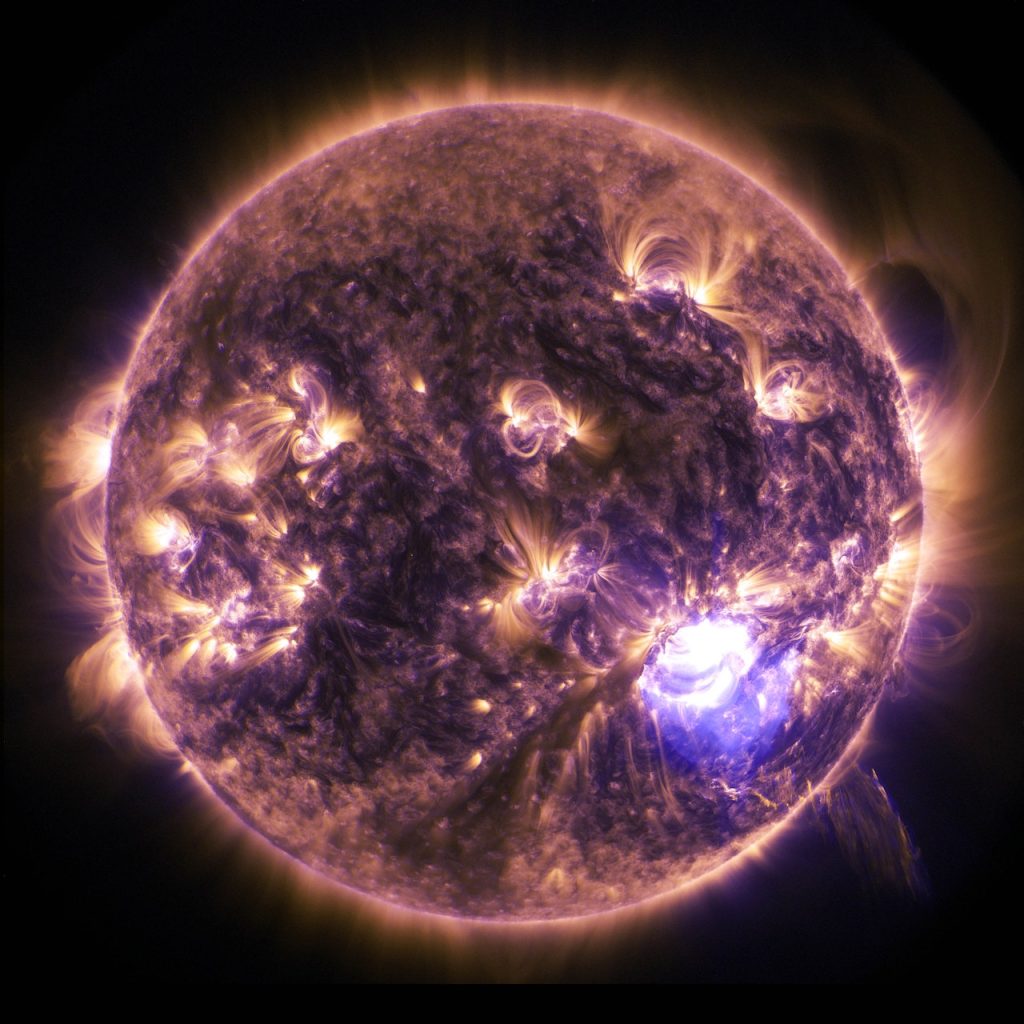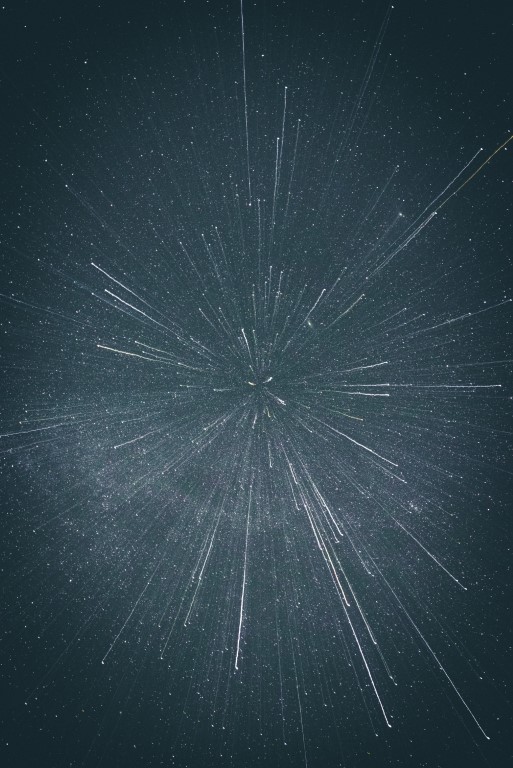Introduction
Just happened upon this amazing video that Nasa put together. If you watch the video you’d be impressed, let alone everything that goes into it. Nasa says that it took a full team 10 hours of work just to make a one minute video, so you can only imagine how much work goes into this.
And to think, I still can’t get a decent picture of my dog after these years when she’s right beside me, but this team gets a video like this from something millions of miles away. We aren’t always about cool DIY projects with LEDs for your home , we do find some other awesome stuff we’d like to share 🙂
The video
And without any further delay, the video:
What are nuclear flares?
Nuclear flares are sudden, intense bursts of high-energy radiation from the Sun. They are the most powerful type of solar flare and can last for minutes to hours. Nuclear flares occur when the Sun’s magnetic field lines become tangled and snap, releasing huge amounts of energy. This energy is then converted into light and other types of electromagnetic radiation.
Nuclear flares can be incredibly dangerous to both people and equipment. The high-energy radiation can damage satellites, disrupt communications, and cause computer systems to fail. It can also pose a serious health threat to astronauts and people on Earth. Nuclear flares are responsible for the majority of space weather events that impact our planet.
Despite their dangers, nuclear flares are also one of the most beautiful phenomena in the solar system. When viewed from Earth, they look like giant waves of light crashing down on the Sun’s surface.
How are they created?
Nuclear flares are one of the most incredible phenomena in our solar system. But how are they created?
Scientists believe that nuclear flares are caused by the interaction of high-energy particles with the magnetic fields around stars. This interaction produces a release of energy that is then converted into light and other electromagnetic radiation.
Nuclear flares are incredibly beautiful, but they can also be dangerous. They can cause damage to spacecraft and harm astronauts who are exposed to them. That’s why it’s important for scientists to understand how they’re created, so that we can better protect ourselves from their effects.
What are their effects?
The video: what is it and why does it matter?
Nasa has released a new video of nuclear flares on the sun, and it’s pretty cool. The footage was captured by the Solar Dynamics Observatory (SDO), which is orbiting the sun.
The video shows nuclear flares erupting from the sun’s surface. What makes this video special is that it’s one of the clearest videos of nuclear flares ever captured. The SDO has a high-definition camera that can take images of the sun in different wavelengths of light. This allows scientists to see things that they can’t see with the naked eye.
The video provides valuable information about how these flares work and how they affect our solar system. As solar flares have the ability to knock out a lot of the electronics on Earth that we take for granted, it would be good to know a bit about them… to say the very least.
Conclusion:
A new video from NASA gives us a look at nuclear flares on the sun. These flares are caused by the sun’s magnetic field, and they can be seen in the ultraviolet light which was then converted to a visible video , like we saw above.
The compilation is a bunch of data from NASA’s Solar Dynamics Observatory, or SDO. The SDO is a spacecraft that studies the sun. The video shows the sun’s magnetic field lines, which are invisible to our eyes.
The video shows how the sun’s magnetic field affects the movement of charged particles. The charged particles are accelerated by the magnetic field and they collide with other particles. This creates a bright flash of light, which we call a flare.
Overall, it is just a cool video with a sneak peek into the capabilities that NASA has. And if you want to download the video for yourself you can grab it here












